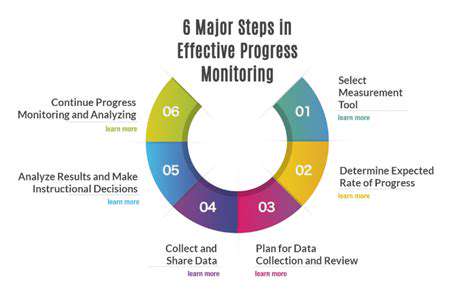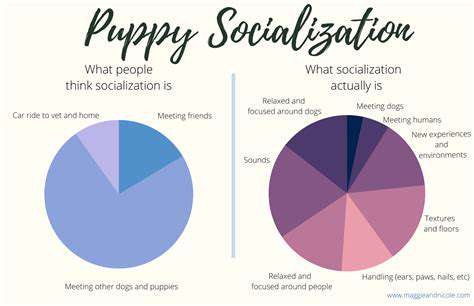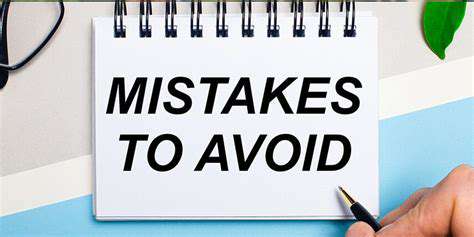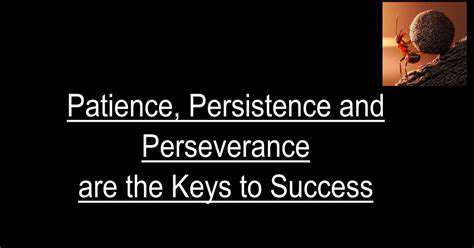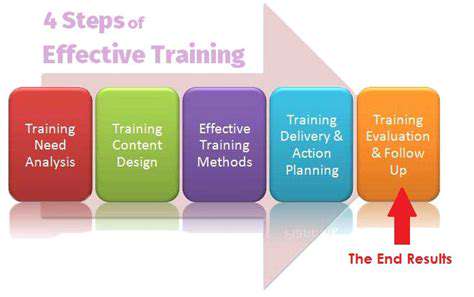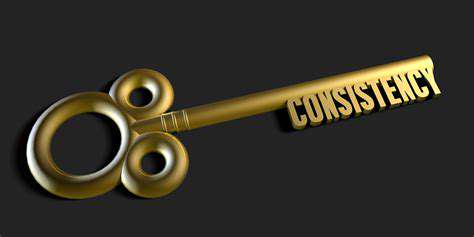Advanced Tips for Refining Your Puppy's "Sit" Command
Table of Contents
High-value treats can significantly enhance puppy training effectiveness and focus
Select palatable, chewable treats that meet dietary needs
Instant reward mechanism can effectively reinforce correct behavior in puppies
Gradually reduce treat frequency to develop independent behavior habits
Combine praise and playtime to enrich reward formats
Observe the impact of treats on behavior and adjust methods promptly
Continuous practice helps solidify understanding of commands
The capture method can strengthen the association between natural behaviors and commands in puppies
Extend the duration of the sit command to improve discipline and intimacy
Distraction training enhances puppies' focus and responsiveness
Select appropriate distractions based on puppy personality
Closely observe puppies' reactions to distractions
Practice in multiple scenarios to improve practical application skills
Regular training promotes learning outcomes and focus
Fun training keeps puppies engaged
Positive reinforcement deepens training connections
Regularly assess progress and provide positive feedback
1. Make Good Use of High-Value Treats to Motivate
The Core Value of Treats
High-value treats are like the currency of the puppy world, especially when training basic commands like sit. I often recommend using more enticing foods than regular dog kibble, such as microwave-dried chicken breast strips or goat cheese cubes. These delicious treats can make a puppy's eyes shine and their tails wag like propellers. Remember, the value of the treats directly determines the puppy's cooperation.
Once, I took my neighbor's little corgi for training, and it ignored regular biscuits; once I switched to freeze-dried salmon, it became a model student. Research by animal behaviorist Dr. Sophia Yin confirms that positive reinforcement is positively correlated with the attractiveness of rewards. Just like we expect bonuses at work, puppies also need visible rewards.
The Art of Selecting Treats
When choosing treats, consider three key factors: size, texture, and ingredients. I prefer soft treats that are about the size of a fingernail; they are easy to swallow and less likely to cause choking. Last week at a pet expo, I came across a new product—kangaroo meat bites that are low in allergens and high in protein, particularly suitable for sensitive tummies.
A common misconception is that many owners like to use large treats. In fact, small pieces are more appropriate as they help control calorie intake and keep the training pace steady. Remember to check the ingredient label and avoid dangerous components like onion powder and xylitol. When in doubt, taking a picture of the packaging and asking a veterinarian is the safest bet.
Timing of Rewards
Giving treats should be like sending a WeChat red envelope— the sooner, the better! Rewards should be given within 3 seconds of the puppy completing an action for the brain to establish a behavior association. I once recorded in slow motion and found that if the reward was given after more than 5 seconds, the puppy would start to get distracted by licking its paws.
Clicker training is a great help; the click sound is more precise than human voices. When used with treats, it timestamps the behavior. I found that during training on a rainy day, the sound of the clicker mixed with raindrops actually made the puppy more focused, possibly resulting in a special environmental association memory.
Gradually Phase Out Treats
When the puppy's correct rate exceeds 90%, it's time to play the treat lottery. Today give 3 times, tomorrow give 2 times, and gradually transition to random rewards. This strategy works particularly well for my border collie, which now sits up straight and looks bright-eyed in anticipation of the treat lottery when it hears the command.
During the transition, you can introduce real-life rewards: for example, only letting them out when they sit nicely, or making them wait when putting down their food bowl. Last week in the park, I encountered a golden retriever where the owner used throwing sticks instead of treats, and the dog still performed perfectly. The key is to make the puppy understand: complying with the command = the possibility of getting something good.
2. Effectively Use the Capture Method for Teaching

The Essence of the Capture Method
Rather than training, it is more about the art of observation. Puppies sit naturally dozens of times a day—when stretching, waiting for their food bowl, or before scratching their ears... Capturing these moments with rewards is like a photographer snapping a great shot. This method is particularly suitable for stubborn little ones; my dachshund was trained this way.
Once, I saw a lady in a café who always had treats ready in her bag. Whenever her little poodle sat down on its own, she would quietly toss a treat over. Two weeks later, I saw her again, and that dog had learned to sit proactively to ask for pets, without needing a command.
Reward Combination Strategy
Don’t get stuck with just treats! Try the 3-2-1 reward method: after three treat rewards, follow up with two petting rewards, and then give one toy reward. This variation keeps things fresh, especially effective for novelty-seeking huskies. Last week when training a Samoyed, the dog drooled at the sound of the treat bag, but when I switched to brushing as a reward, it was even more focused.
Establishing Behavior Markers
You can design a unique reward signal: for example, give a treat after snapping your fingers, or using a specific tone of voice to say \Good.\ Once, at a veterinary hospital, I saw a guide dog trainer use a touch on the dog's shoulder blade as a marker; it was completely silent yet precisely conveyed affirmation.
3. Extend the Duration of the Sit Command

Progressive Delay Training
Start from 3 seconds, increasing by half a second each time, just like charging a phone. Using your phone’s stopwatch feature is the most convenient; I often suggest that owners time it while humming a song to ease the pressure of waiting. When extending the sit command, you can add a waiting gesture, pushing your palm forward like pressing a pause button.
When encountering a spirited Jack Russell terrier, I would spread out treats in front of it but not allow it to eat. After holding out until the designated time, I would use a release command to allow them to go. This kind of patience training later helped it perform exceptionally well in agility competitions.
4. Incorporate Distraction Reinforcement Training
Distraction Level System
Divide distractions into five levels: level one is a stationary toy, and level five is a rolling ball. After passing each level, stick a star sticker in the training book; visualizing progress can enhance both the owner’s and puppy’s sense of accomplishment. Last week, while training a Labrador, the owner used a drone as a distraction source, and now the dog can calmly sit and watch the drone hover above.
Environmental Transition Techniques
From the bedroom to the grocery market, take it step by step: first practice at the entrance for three days, then move to the hallway, community garden, convenience store, etc. In each new setting, let the puppy acclimatize for 10 minutes before starting training. Remember to bring a collapsible water bowl and cooling mat, as the stress of unfamiliar environments can make puppies thirstier.
5. Maintain Regularity and Consistency

Establish a Sense of Ritual in Training
In my home, training starts promptly at 7:00 PM, called in with a specific whistle sound. Now whenever the whistle blows, the dogs come running and sit down. This sense of ritual is like a school bell for students, helping them quickly get into the right mindset. Consistency should reflect not only in time but also in gesture angles, standing distances, and other details. I suggest recording yourself with your phone for self-checking.
Fun Training Design
Incorporate the sit command into mini-games: for example, sit-turn-clap trilogy, rewarding only after completing the entire sequence. Or set up treats into a maze; the puppy moves a step forward with each successful command. A trainer I encountered last week went even further, using treats with different scents as keys to unlock challenges—full marks for creativity!


